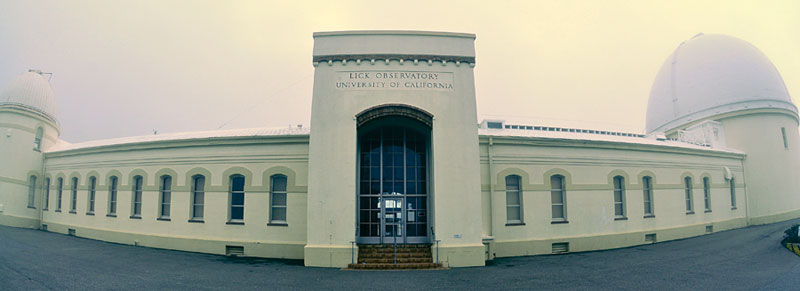Lick’s fortunes look up
DOI: 10.1063/PT.3.2685
Just a few months ago it looked like the University of California’s Lick Observatory was on a death march. Now the 127-year-old observatory is staying open, and one of its spectrographs is getting a major upgrade. On 29 October 2014 the university wrote to University of California Observatories (UCO) interim director Claire Max that it would no longer require that the observatory “begin a glide path to self-supporting status … or be managed by an entity other than UCO.” The letter, which reversed the university’s decision of just over a year earlier, followed a furor in the UC astronomy community and state and federal legislatures as well as changes in university management.

MICHAEL BOLTE, UCSC

Located on Mount Hamilton, east of San Jose, California, Lick has facilities that include a 3-meter telescope with adaptive optics, a 2.4-meter automated planet finder, and a host of smaller telescopes. The observatory serves UC faculty and students and is used for observing, training, and testing new instruments.
Lick gets $1.5 million of the $5 million UCO budget, which also covers technical labs at two UC campuses and UC participation in the Keck telescopes in Hawaii and the Thirty Meter Telescope under construction there. “It’s a tight budget, but we are getting along,” says Max.
On the heels of the university’s turnaround came news of $350 000 in grant and donor funds to upgrade Lick’s Kast Spectrograph. The instrument will be made as sensitive in red wavelengths as it is in blue. “We will be able to more accurately calibrate supernovae in our quest to understand the nature of the dark energy that is accelerating the expansion of the universe,” says Alexei Filippenko of UC Berkeley.
More about the Authors
Toni Feder. tfeder@aip.org
